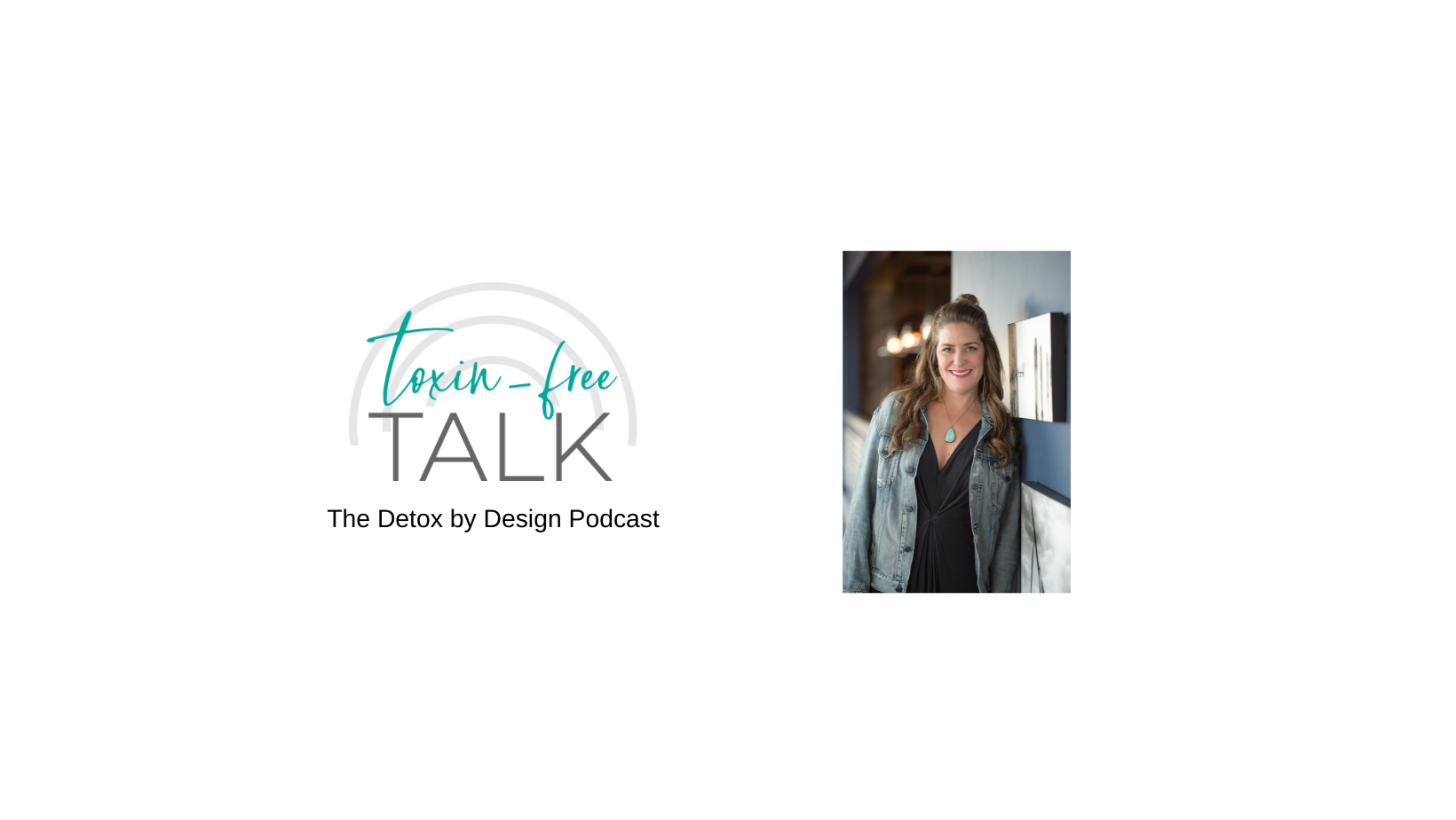I’ve been helping people switch over to safer products for over two years now, and deodorant is STILL the most asked question. My Facebook Group members in Detox by Design Insiders always love to chat about safe deodorant. I totally understand why too. “Natural” deodorant has become much more available and there are so many more brands because people are starting to pay attention to ingredients (thank you for voting with your dollar people). Unfortunately, many of these “natural” deodorants still contain some not so great ingredients - yep greenwashing. Even with deodorants that DO contain 100% safe ingredients, many of my friends and clients have struggled with what I like to call “pit rash”. It’s as annoying, unflattering, and also very common.
But before we discuss “pit rash”, let’s chat about why you should pay attention to the ingredients in your deodorant or antiperspirant.
Aluminum-based compounds: This is the main ingredient in antiperspirant that plugs sweat ducts so you don’t perspire. Research suggests that these aluminum compounds have an estrogen like effect. Some scientists say that this estrogen effect contributes to breast cancer.
Parabens: This is one of the more common ingredients that people know to look out for. You’ll often see “no parabens” listed on a label (but you should still check out the full ingredients list). So what are parabens? Parabens are a preservative that mimic estrogen in our cells. Scientists have found parabens in breast tumors.
Propylene Glycol: A controversial ingredient associated with skin and allergic reactions.
I will admit that I was a long time Dove anti-perspirant user. If only I could go back and amend my ways…
Anyway, enough of the doom and gloom. Let’s chat armpits.
The dreaded “pit rash” is what often steers people back to traditional deodorant or antiperspirant even though they know they shouldn’t be using it.
So what exactly is “pit rash”? And what causes it?
SWEAT:
Our underarms are a very sensitive part of our bodies. If you’ve used antiperspirant for years, your body may be reacting to the fact that your armpits now have sweat on them. Weird but true. The good news is that once you switch to natural deodorants you will likely sweat LESS! But in the meantime, exfoliation can really help.
BAKING SODA:
While baking soda can help absorb sweat and block odors, too much is not a good thing. Baking soda has an alkaline pH and can cause irritation. Your underarms might be extra sensitive to baking soda if the soap you are using is too harsh.
FRAGRANCE, PARFUM, or NATURAL FRAGRANCE:
Your “natural” deodorant may not be as health as you think. As I shared above, the term fragrance is proprietary and can hide over 3,000 chemicals within the term.
So you have the “pit rash”, what do you do?
If it’s bad you may want to see your health care provider. It may have gotten infected and need medical attention.
Be gentle with your pits - use a sensitive soap and moisturize well (be sure to check the ingredient label of your moisturizer!)
Try an armpit detox - it may sound weird, but a mask made of bentonite clay and apple cider vinegar can be quite helpful for transitioning from traditional deodorants and antiperspirants and help if you have “pit rash”.
Mix equal parts bentonite clay and apple cider vinegar in a non-metal bowl and apply a thin layer to each armpit. Leave on anywhere from 5 to 20 minutes. Wash off.
You can repeat this as often as needed until the rash is gone and you’ve successfully transitioned to safe deodorant.
Wow! That’s a lot about armpits.
If you’re looking for a safe deodorant, Simple Alchemy Natural Deodorant is a best seller! People with pit rash have had success with this brand, plus it smells amazing and keeps moisture at bay.












